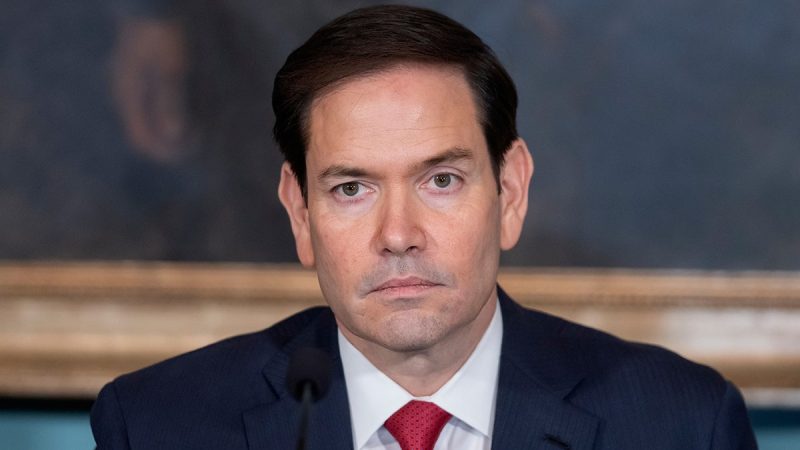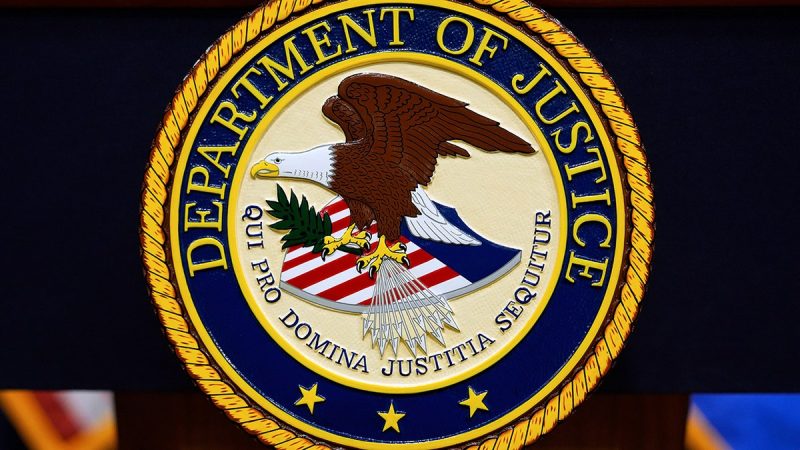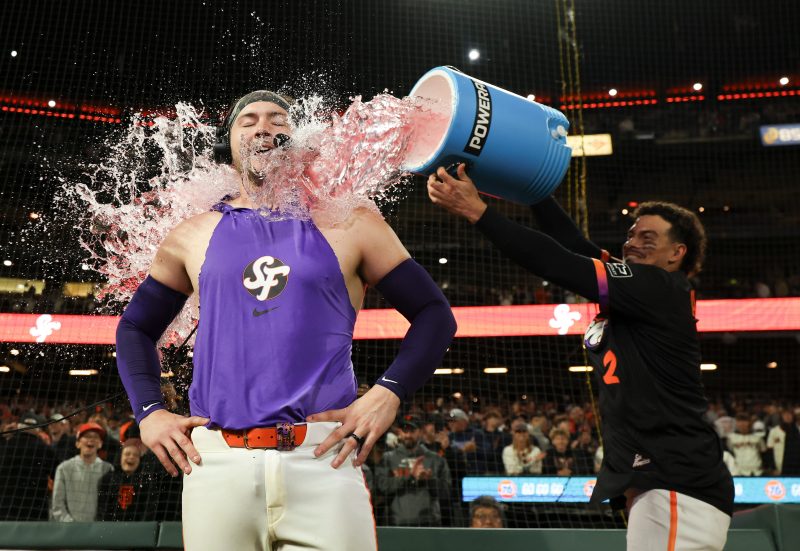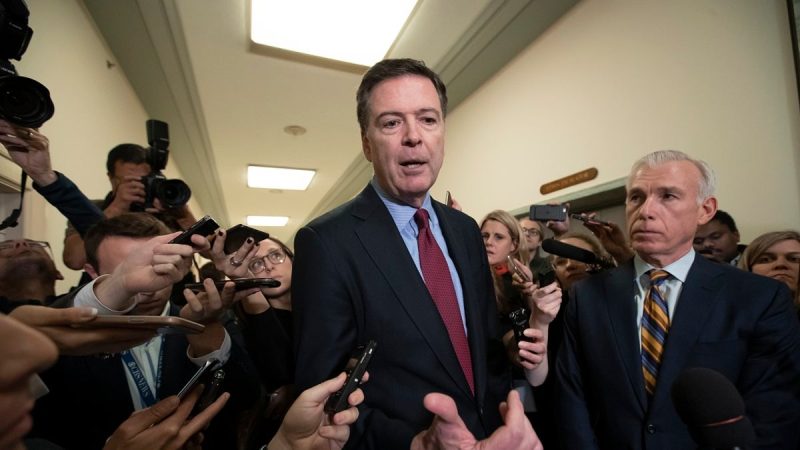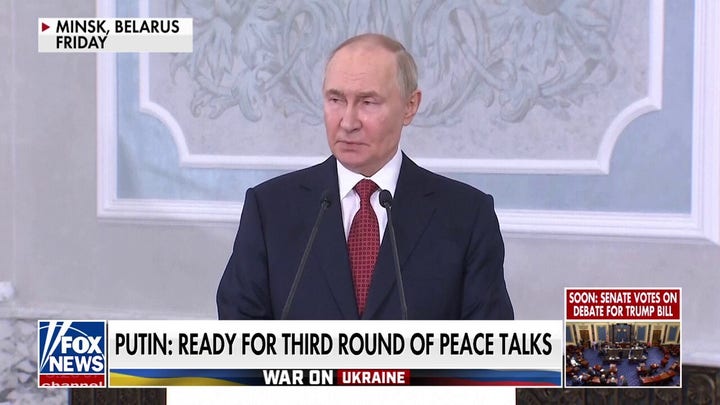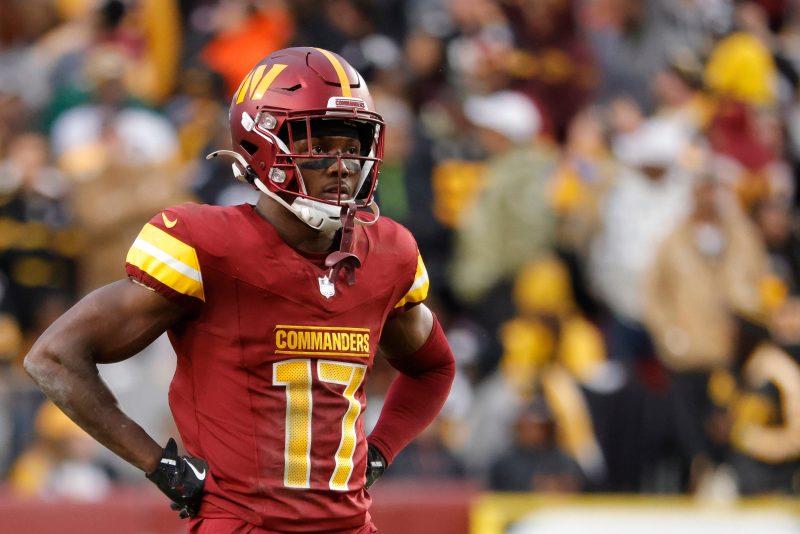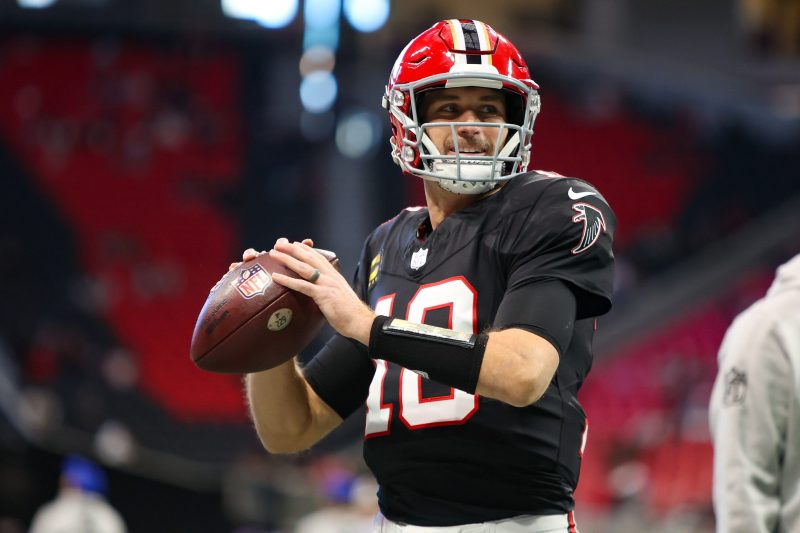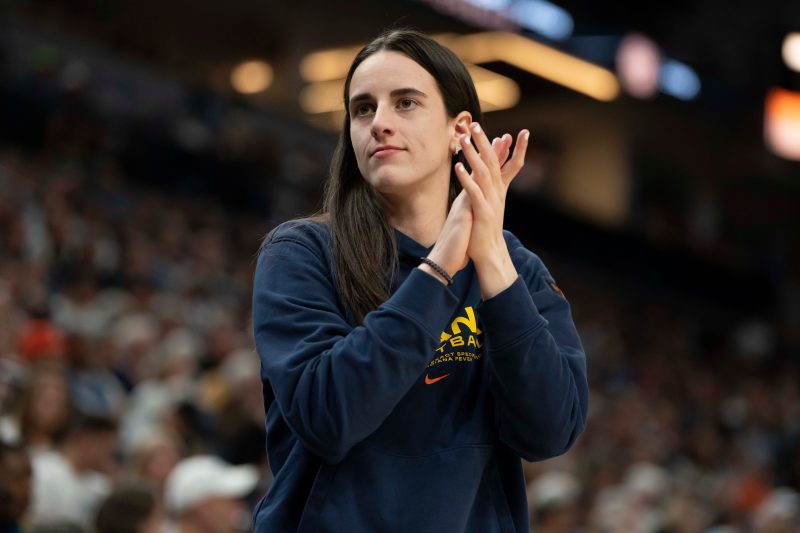
My book ‘On Her Game: Caitlin Clark and the Revolution in Women’s Sports,’ was published by Scribner on Tuesday. Much is being written and said about the book, but here are three stories in the book you might not have heard.
Clark’s real reaction to the Olympic snub
During an interview session after the Indiana Fever practice on June 9, 2024, Caitlin Clark was asked about the Olympic team decision. ‘I’m excited for the girls that are on the team,” she said. ‘I know it’s the most competitive team in the world, and I knew it could’ve gone either way — me being on the team, me not being on the team. I’m excited for them, I’m going to be rooting them on to win gold.
‘Honestly, no disappointment,’ she added. ‘I think it just gives you something to work for. It’s a dream; hopefully one day I can be there. I think it’s just a little more motivation, you remember that, and hopefully, when four years comes back around I can be there.”
Fever coach Christie Sides said during her availability with the media that Sunday that she and Clark texted right after she got the call on the bus. ‘She texted me to let me know. I just tried to keep her spirits up. The thing she said was, ‘Hey, Coach, they woke a monster,’ which I thought was awesome.”
Although Clark took the high road in her public comments, Sides said in an interview for this book that the Olympic decision was ‘such a disappointing moment for her. Being an Olympian is a huge dream of hers, and when she realized it wasn’t going to happen, it just lit a fire under her.’
As the team landed in Indianapolis after a game in Washington earlier that evening and got off the plane late at night, Sides said she and Clark “were walking and talking about the decision. She could have gone to practice that night, I mean, that’s where she was, that’s the competitor she is. She didn’t really say much more after that.”
Clark’s ‘big sister’
As Clark’s name was called first in the 2024 WNBA Draft, veteran Fever point guard Erica Wheeler exploded from her courtside seat in Gainbridge Fieldhouse. Giddy with anticipation at the news she knew was coming, Wheeler had placed one hand on the knee of Lexie Hull and the other on the knee of Maya Caldwell, both Fever teammates at the time, and waited to hear Engelbert’s words.
Wheeler—known as “EW” to her teammates—leaped for joy with Hull and Caldwell, then pulled a red Fever No. 22 jersey over her head and ran around the court as the fans stood and roared. “Let’s go!” Wheeler shouted to every corner of the arena.
Her happiness was predictable, but also admirable, for as she danced, she knew she was celebrating the moment that she had lost her starting job. Clark was going to be the starting point guard for the Fever, guaranteed. Wheeler would be her backup, a difficult role, but one she understood, and even relished.
‘You know when you go to a different school,” said the 33-year-old Wheeler, “the first day of school, you don’t know anybody, and you find that one person that says hi to you that becomes your best friend.”
Wheeler became that person for Clark.
‘For me as a big sister, I’m going to take the first step, to just let her know, ‘We’re here, we got you. Whatever you need from me as your vet, even in the same position, I got you.’ . . . She’s one of the biggest players in the world right now and she don’t act like that. She’s just like, ‘Help me, in any way you can,’ in a sweet way, there’s no ego at all, she’s not selfish. . . . She wants to learn, she wants to be a family, and I’m like a big sister to her.”
27 minutes — not one mention of Clark
Throughout the WNBA post- and off-season, the league found itself curiously out of step with the nation’s fondness for Clark. On Oct. 10, before Game One of the WNBA Finals in Brooklyn, commissioner Cathy Engelbert spoke for 27 minutes in a press conference about the historic developments in the 2024 season and never once mentioned Clark’s name.
Calling the season ‘the most transformational year in the WNBA’s history,’ Engelbert talked glowingly about the record or near-record levels of viewership, attendance, merchandise sales, and digital engagement. ‘You saw some teams upgrade . . . arenas for certain games this year, and I thought that was a sign and signal as attendance has grown across the league that we can play in bigger arenas. . . . We had our highest-attended game ever, over 20,000, in Washington this year.”
Clark, of course, was the reason for most of those moves to larger arenas, and her presence definitely was the only reason Washington had the biggest crowd in WNBA regular-season history on Sept. 19.
Engelbert sprinkled the names of various WNBA players throughout her press conference, among them: Napheesa Collier, Sabrina Ionescu, Breanna Stewart, Leonie Fiebich, Aliyah Boston, and A’ja Wilson. But no Clark.
Through her spokespeople, Engelbert was asked to be interviewed for this book several times in late 2024 and early 2025. Every request was declined. In March 2025, I asked again, specifically wondering why Engelbert, on Oct. 10, failed to mention Clark’s name when referring to the unprecedented season highlights that happened because of Clark.
On March 10, Engelbert replied in a text message sent through a spokesperson:
‘You’re asking me why I didn’t mention Caitlin Clark during my WNBA Finals press conference? I didn’t mention any players in that press conference other than some of those from the Liberty and the Lynx who were participating in the Finals.’
Engelbert did mention two players who were not participating in the Finals: Aliyah Boston and A’ja Wilson. She talked about them when mentioning WNBA players in commercials: ‘There’s virtually not a sporting event you can turn on where one of our players is not in an ad spot. That was not happening five years ago. Look at Aliyah Boston and Sabrina and A’ja and so many of our players in these ad spots.’
Engelbert’s March 10 text continued: ‘I have stated many times that Caitlin is a generational talent and there is no denying her impact — not only in the WNBA but beyond the world of sports. We have also always stood by the belief that our league is not about any one player but about the collective talent, teamwork, and dedication of all the athletes who continue to elevate the game and inspire generations. Just because Caitlin’s name is not mentioned in every interview or press conference does not mean we do not recognize, celebrate, and fully support her — both as an athlete and, even more importantly, as a person.”
A week and a half before the WNBA Finals, Engelbert, in an interview with 60 Minutes correspondent Jon Wertheim for a piece on Clark and the WNBA, was asked to describe ‘the Caitlin Clark phenomenon.”
Engelbert replied, ‘She’s clearly an unbelievable player, came in with an unbelievable following, has brought a lot of new fans to the league. If you look at our historic season around our attendance, our viewership, Caitlin — Angel, too, Angel Reese, Rickea Jackson, Cameron Brink — this class of rookies, we will be talking about them a generation from now.’
Wertheim followed up. ‘I notice when you’re asked about Caitlin a lot, you bring up other rookies as well.’
‘No league’s ever about one player,’ Engelbert replied. ‘That player could get hurt or whatever, so I think it’s just to give recognition that in sports, people watch for compelling content and rivalries. And you can’t do that alone as one person.”
By practically any measure, Clark was that one person.
Adapted from ‘On Her Game: Caitlin Clark and the Revolution in Women’s Sports’ by Christine Brennan. Copyright © 2025 by Christine Brennan. Adapted for excerpt with permission from Scribner, a division of Simon & Schuster, Inc.
This post appeared first on USA TODAY
